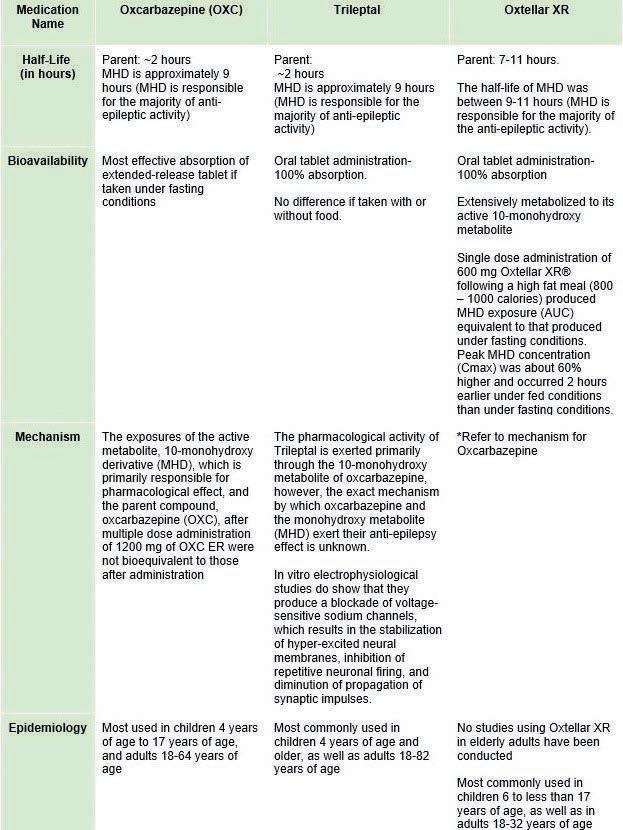Scholarly Research In Progress • Vol. 5, November 2021
The Relationship Between Treatment Center Services and Number of Opioid-related Deaths in the United States Before and After a Declaration of a National Opioid Crisis Brittany N. Davis1*‡, Courtney L. Hatton1*‡, Mahamed A. Jama1*‡, and Nidha S. Samdani1*‡ ¹Geisinger Commonwealth School of Medicine, Scranton, PA 18509 *Master of Biomedical Sciences Program ‡ Authors contributed equally Correspondence: mjama@som.geisinger.edu
Abstract Background: Opioid-related deaths are a national problem that has increased over the past two decades. Multiple policy interventions have been enacted to decrease opioid misuse and expand treatment. The Comprehensive Addiction and Recovery Act (CARA) was passed in July 2016, just before declaring the opioid epidemic a national emergency in 2017. CARA was enacted to combat the opioid epidemic by providing more funding yearly for items including but not limited to prevention, treatment, and opioid overdose reversal. Methods: To evaluate the impact of these policy changes, we carried out secondary data analysis for the period 2011–2019 using the Centers for Disease Control’s Wideranging Online Data for Epidemiologic Research and National Survey of Substance Abuse Treatment Services databases. We hypothesized that increased funding in the form of services offered by opioid treatment facilities was associated with a decreased opioid-related death rate at the state level. Research variables included: a comparison of the 50 states across the 2011–2019 timeframe as an interval, the number of opioid treatment centers per 100,000 inhabitants, the percentage of government funding for facilities per state, percentage of opioid treatment facilities which offer free/low-income services and the opioid death rate per 100,000 inhabitants. We also assessed differences in low-income access to opioid treatment services by comparing Medicaid expansion states versus nonMedicaid expansion states. Results: While both the number of treatment facilities per state and opioid death rates nearly doubled during this time, there was little to no association between them (R2 ranging from 0.094–0.188 for years 2013–2019). Additionally, our research suggests that while state-level differences in opioid use disorder treatment facility characteristics related to access to care, they were only weakly associated with opioid-related deaths. However, Medicaid expansion states had higher heroinspecific overdose death rates from 2014 to 2017 (p-values: 0.0007, 0.0017, 0.0358, and 0.0370). Conclusion: This analysis may be used in the planning of subsequent actions against the national opioid epidemic and invites further inquiry into the impact of state Medicaid expansion on drug-specific opioid usage and morbidity.
Introduction The rising opioid epidemic has become a significant public health crisis over the last decade and a half. This trend has been observed with a peak in opioid prescription dispensing in 2011,
a substantial increase in opioid-related deaths since 2000, and an increase in the point prevalence of opioid use disorder (OUD) (1). There have been multiple public policy interventions to address the epidemic at the state and federal levels. These include restrictions on prescribing opioids, along with law enforcement crackdowns on negligent prescribing (2, 3). Additionally, there has been the widespread implementation of prescription drug monitoring programs (PDMPs) in 48 states by 2014, increasing from 11 in 2007 (4). A recent retrospective study on this topic found an association between state implementation of PDMPs and decreased opioid-related death rates from 1999 to 2013. The strength of this effect was moderated by drug program characteristics (4). Other policy changes have targeted treatment and funding. The passage and implementation of the Affordable Care Act in the United States (U.S.) in 2010 has been a driving force in expanding access and treatment for substance use disorder (SUD) and OUD (5). It expanded insurance coverage to millions of Americans through Medicaid, established parity in requirements for SUD treatment for patients covered under Medicaid, reduced preauthorization requirements for OUD treatment, and added coverage for initial screenings of SUD (5–7). In addition, state Medicaid expansion has theoretically increased access to OUD treatment. However, the adoption of Medicaid expansion has been staggered and incomplete (8). In addition, the opioid overdose epidemic was declared a U.S. public health emergency in 2017, just after the Comprehensive Addiction and Recovery Act (CARA) was signed into law in 2016, both of which provided further funding for OUD treatment, prevention, and opioid-overdose reversal (9). The opioid epidemic has disproportionately affected people living in poverty and created an economic crisis for people with OUD (9). There has been limited research on how increased funding from CARA and Medicaid expansion for OUD treatment facilities and their services have affected the opioid death rate at the state level. Nevertheless, once a person is addicted to opioids, treatment facilities are the primary option for reducing OUD and preventing opioid-related deaths (8). Combating the increase in OUD prevalence is multifaceted and warrants interventions at both the prescriber and user-level (9). To investigate the state-level impact of CARA on OUD treatment facilities and opioid-related deaths, we analyzed publicly available data from the Centers for Disease Control’s (CDC) Wide-ranging Online Data for Epidemiologic Research (WONDER) and National Survey of Substance Abuse 223












































